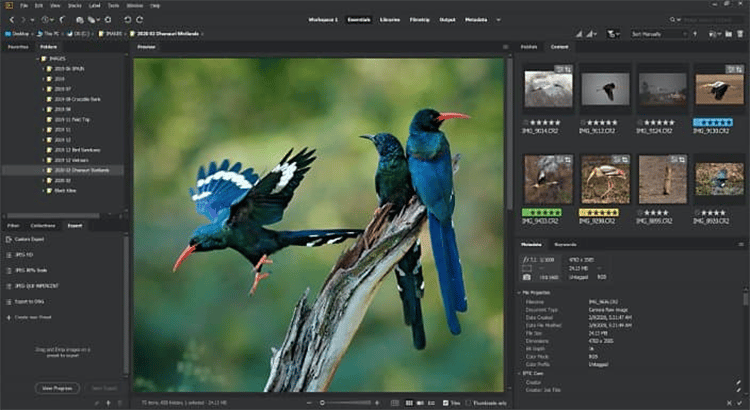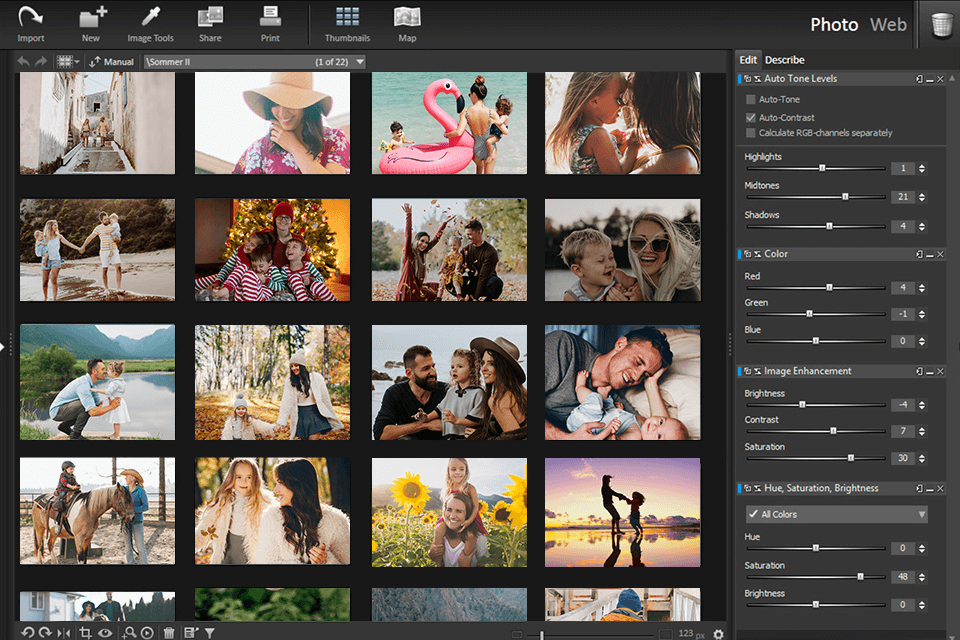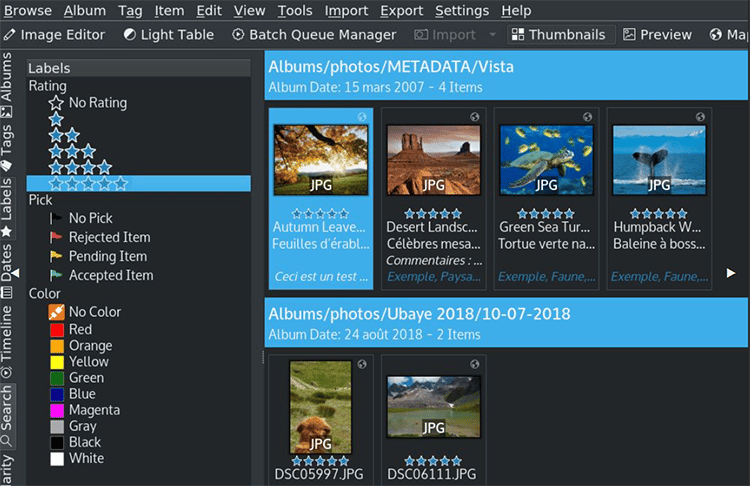

- Best photo editor organizer 1080p#
- Best photo editor organizer portable#
- Best photo editor organizer android#
- Best photo editor organizer download#
On PCs, you can manage your photos and videos from in your browser, or with the Windows iCloud app. To find the service, you'll need the Photos app on Mac or iOS. The service has a paid version that offers 100GB for $2 a month or 1TB for $10 a month.Īpple's cloud-based photo service is part of the company's larger iCloud storage system, and is compatible with iPhones and Macs. If your media is larger than that, you get up to 15GB of free space. While it's a solid option for automatically uploading photos you take on your phone, you can also manually upload photos from a digital camera, or those that you've scanned to your computer. For context, an average photo taken on my Pixel 3 is 12.1 megapixels. You should be able to adjust settings in your phone, for example, if you want videos to record at a lower resolution and take up less storage.

Best photo editor organizer 1080p#
Google Photos offers a free plan with unlimited storage for photos smaller than 16 megapixels and videos 1080p or less (however, this plan is ending in June, and you may have to sign up for Google's storage subscription service, Google One). Every so often, Google will ask if you want to free up space on your phone by backing up the images to your Google Account, which is accessible through Gmail, as well. Either way, you can conveniently manage your Google Photos library from your phone or desktop.
Best photo editor organizer download#
The backup and sync function should be on by default when you download the app, but you can also turn it on manually in your settings. I have photos backed up all the way from 2014, when I first made the transition to Android.
Best photo editor organizer android#
The Google Photos app - available on iOS and Android - can back up your photos to your Gmail account. Google Photos is a great resource for both organizing and editing photos that requires little to no work on your part. Here are a few different apps and services you can use to safeguard your memories for little to no cost. For example, Photobucket has a Bill of Rights for its users. Research how the company handles photo retention and what rights you have to the photos once they're on that site. But before you entrust precious memories into any service, make sure to read through the terms of service. Think of those black and white snaps of your grandparents as kids, the silly photos you took on a disposable camera and more. Plus, your photos will be compressed to a lower resolution - they won't look as good if you want to print them out.īetter yet, there are dedicated services to preserve shots, whether they're from your phone, a digital camera or that film camera you used years ago. Though Facebook and other social media platforms can hold your photos, not everyone may be comfortable making them the keepers of your memories. Even if your computer is lost, you can still access a cloud-based account with your photos attached.Ĭhoosing the right option is critical. But a digital backup is the best way to safeguard your memories. You also can make a photo book as a backup of your all-time favorites and store it somewhere like a fireproof safe deposit box.
Best photo editor organizer portable#
Portable hard drives can store your memories and they fit nicely in a bug-out bag. I learned this lesson the hard way when my family's Dell took a turn for the worse in the early 2000s, and took countless pictures with it. If your computer crashes, or you fall victim to a virus or a nasty data breach, you can still lose them. Scanning your prints and saving them on a computer isn't enough. Even more so if all you had were prints of your family's old pictures.

This is true to some extent - you can easily buy furniture, curtains and kitchen appliances again.

When a natural disaster hits and your possessions are lost or destroyed, people sometimes offer the phrase "things can be replaced" as comfort.


 0 kommentar(er)
0 kommentar(er)
